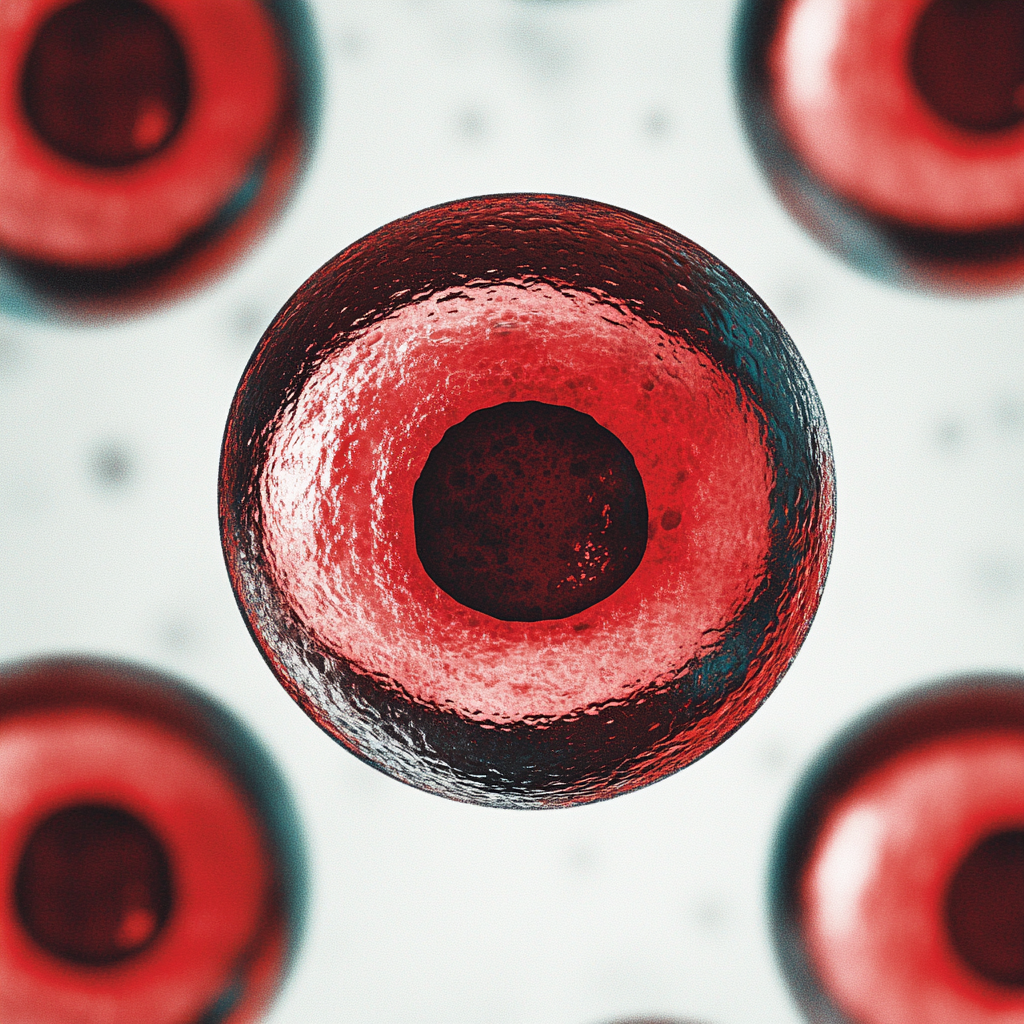Clinical Trials
Category Added in a WPeMatico Campaign
-

P123 A novel self-referral enrolment pathway in a UK multicentre atopic dermatitis trial (BEACON trial): a single-site prospective observational study to assess feasibility and effectiveness
Recruiting clinical trial participants to time and target can be challenging. Innovative recruitment strategies, such as facilitating participant self-referral, can be beneficial. The BEACON trial is a national multicentre phase IV assessor-blinded randomized controlled trial comparing the effectiveness, tolerability and cost-effectiveness of ciclosporin, methotrexate and dupilumab in adults with moderate-to-severe eczema. The aim of this…
-

BH06 (P075) A randomized controlled trial comparing the efficacy and safety of oral tofacitinib vs. methotrexate in moderate-to-severe alopecia areata
Treatment options for moderate-to-severe alopecia areata (AA) have limited efficacy. Methotrexate, a conventional immunosuppressant, has been used for AA, while Janus kinase inhibitors like tofacitinib have shown promising results. Our aim was to compare the efficacy and safety of oral tofacitinib and methotrexate in treating moderate-to-severe AA. This study recruited 36 patients with moderate-to-severe AA,…
-

O13 Impact of amlitelimab (an anti-OX40 ligand antibody) on atopic dermatitis by body region: post hoc results from the STREAM-AD phase IIb study of moderate-to-severe atopic dermatitis
Amlitelimab is a fully human, nondepleting anti-OX40 ligand (OX40L) monoclonal antibody under investigation for atopic dermatitis (AD). Lesions on the head and neck are difficult to treat due to multiple triggers and generally have lower response to treatments than lesions observed in other body regions. Here we report the impact of amlitelimab on Eczema Area…
-

P075 A randomized controlled trial comparing the efficacy and safety of oral tofacitinib vs. methotrexate in moderate-to-severe alopecia areata
Treatment options for moderate-to-severe alopecia areata (AA) have limited efficacy. Methotrexate, a conventional immunosuppressant, has been used for AA, while Janus kinase inhibitors like tofacitinib have shown promising results. Our aim was to compare the efficacy and safety of oral tofacitinib and methotrexate in treating moderate-to-severe AA. This study recruited 36 patients with moderate-to-severe AA,…
-

Efficacy of ozoralizumab in rheumatoid arthritis patients with large joint involvement: a post hoc analysis of OHZORA and NATSUZORA trials
CONCLUSION: Ozoralizumab has the potential to improve disease activity and physical dysfunction and prevent joint destruction in patients, regardless of the presence of LJI, and is a reasonable treatment option, even for patients with LJI.
-

Efficacy of an acute bout of isometric wall squat exercise on pain sensitivity and clinical pain intensity in adults with knee osteoarthritis: a randomised controlled trial in outpatient physiotherapy clinics in Saudi Arabia
CONCLUSIONS: Both the ISO-SR and ISO-MR exercises to volitional fatigue reduced pain sensitivity in patients with knee osteoarthritis. Neither exercise volume changed clinical pain intensity.
-

Empowering sexual self-care in HPV-positive women: A randomized trial of health belief model-Based education
CONCLUSION: Based on the results of the study, education based on the Health Belief Model has been effective in improving sexual self-care and enhancing the constructs of the model in women with human papillomavirus (HPV). Therefore, it is recommended that this theory be considered by healthcare providers and midwives when educating patients with human papillomavirus.
-

EFFICACY OF PROBIOTICS IN PREVENTING CHEMOTHERAPY-INDUCED DIARRHEA IN GASTROINTESTINAL CANCER PATIENTS
CONCLUSION: Probiotic in comparison to a placebo did not result in a statistically significant effect, suggesting a lack of benefit of administered probiotic for prevention of chemotherapy induced diarrhea among patients with gastrointestinal cancer.
-

Clinical outcomes of patients following apical surgery with retrograde root-end filling using two different materials
In certain clinical cases where orthograde treatment of chronic apical periodontitis is either impossible or ineffective, apical surgery with retrograde filling is considered the preferred method. When selecting a retrograde filling material, key factors such as biocompatibility, ability to provide a reliable seal, ease of use, and availability are taken into account. Despite numerous studies…
-

Comparative Analysis of Postoperative Recovery and Analgesia in Gynecologic Laparoscopic Surgery with Total Intravenous Anesthesia Versus Combined Intravenous Inhalational Anesthesia Both with Ultrasound Guided Transversus Abdominis Plane Block: A Randomized Controlled Trial
CONCLUSION: TIVA combined with ropivacaine TAP block accelerates early recovery, improves analgesia, attenuates surgical stress, and reduces nausea/vomiting.